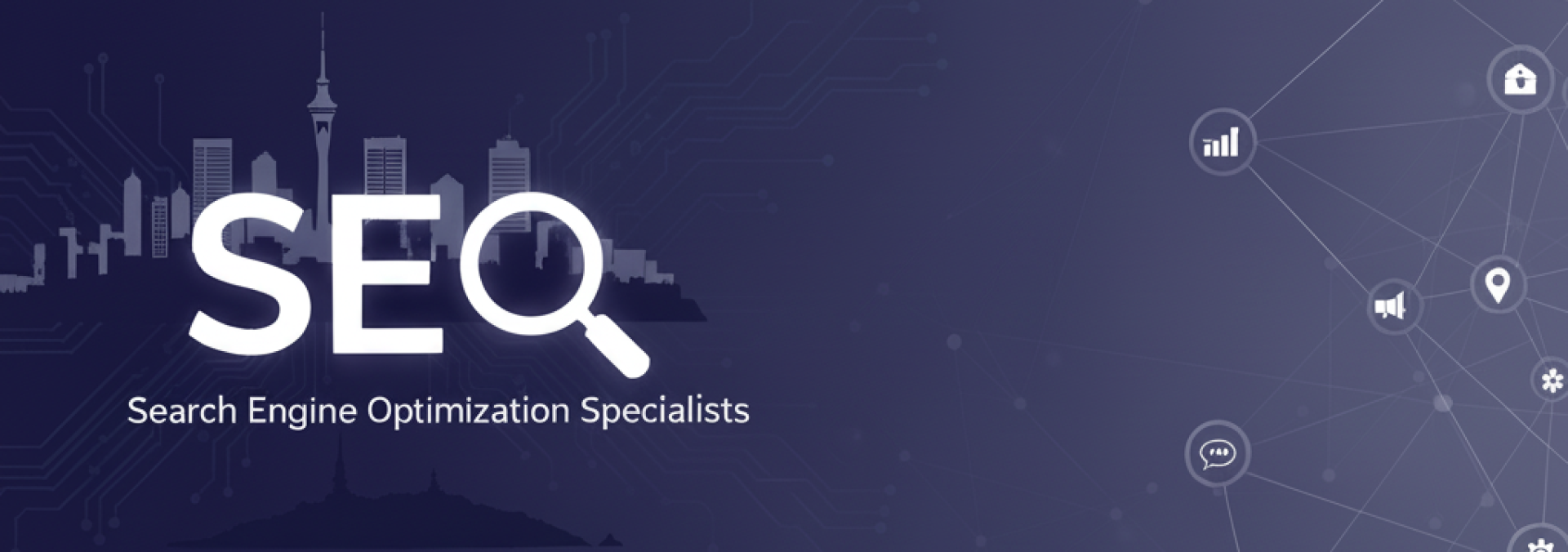
Shopify SEO Strategy 2024: Beyond Basic Technical Fixes to Dominate Search
Are you pouring traffic campaigns into a Shopify store that’s fundamentally leaking revenue? With Core Web Vitals now a firm ranking factor and Google’s SGE reshaping SERPs, a 2019-era SEO checklist is a recipe for stagnation. The real question isn’t just how to get indexed, but how to architect a site that Google wants to rank. This guide moves past the basics to the advanced technical and strategic levers that separate thriving stores from the rest.
Architecting Your Shopify Store for Search Crawl Efficiency
Googlebot’s crawl budget is finite. For large or frequently updated Shopify stores, ensuring it indexes your most valuable pages—not gets lost in collection filters or boilerplate content—is critical. This goes far beyond submitting a sitemap.
Strategic Robots.txt and Link Sculpting
Shopify’s default robots.txt is a good start, but it’s not enough for advanced control. Use a dedicated app to customize it further, blocking low-value parameter URLs and internal search result pages that dilute crawl equity. More importantly, practice internal link sculpting. Prioritize your primary category pages and hero products in your main navigation and footer. Avoid flooding your homepage with every single collection; instead, create a logical hierarchy that funbots through your most important commercial funnels.
Mastering Structured Data for E-commerce
While Shopify auto-generates basic product schema, the competitive edge lies in enrichment. Use an app like JSON-LD for SEO to add aggregateRating and offers markup. This isn’t just for rich snippets; it helps Google’s AI deeply understand your product offerings, pricing, and availability, which is crucial for visibility in the evolving, answer-focused search landscape.
Content Velocity: Building a Topic-Cluster Architecture
Product pages alone won’t sustain long-term growth. The most resilient Shopify stores build a content engine that captures demand at every stage of the funnel, from problem-aware to buyer-ready.
From Keywords to Content Hubs
Move beyond single-keyword blog posts. Identify core commercial themes and build topic clusters. For a store selling eco-friendly yoga mats, a cluster might revolve around “Sustainable Yoga Practice.” The pillar page is a comprehensive guide, and it’s interlinked with cluster content like “Comparing Natural Rubber vs. PVC Mats,” “How to Clean Your Eco-Friendly Mat,” and “The Environmental Impact of Yoga Equipment.” This structure signals deep expertise to Google and keeps users engaged within your ecosystem.
Optimizing the “Why Buy” Section on Product Pages
Your product description is your final sales pitch, but it’s also a key ranking factor. Don’t just list features. Create a dedicated section that answers “Why should I buy THIS product from YOU?” Integrate keywords naturally while highlighting Unique Selling Propositions (USPs): material quality, craftsmanship, warranty, or brand mission. This content satisfies both user intent and search algorithms looking for comprehensive, high-quality answers.
Performance as a Ranking Superpower: Core Web Vitals Mastery
Site speed is no longer a “nice-to-have”; it’s a direct ranking signal and a primary driver of conversion. A slow store is a leaking bucket.
Taming Shopify Theme Bloat
Many popular Shopify themes are feature-rich but code-heavy. Audit your theme’s performance using Google PageSpeed Insights and Shopify’s own report. Key actions include:
- Lazy-loading images and videos below the fold.
- Limiting the use of dynamic sections on the homepage.
- Removing unused apps that inject render-blocking JavaScript.
- Upgrading to a OS 2.0 or later theme for better native performance.
Advanced Image and App Optimization
Images are often the biggest performance bottleneck. Serve images in next-gen formats like WebP or AVIF. Use an app to automate this process. For apps, regularly audit and remove any that are non-essential. For those you keep, work with the developers or use a script manager to defer non-critical code until after the main content has painted.
Conclusion: Stop Chasing Tactics, Start Building an Asset
The future of Shopify SEO isn’t about finding a single trick. It’s about a holistic approach where technical precision, strategic content, and blazing-fast performance work in concert. By treating your store not as a collection of pages but as a structured, authoritative asset for both users and search engines, you build sustainable organic traffic that isn’t at the mercy of the next algorithm update.
Ready to move beyond the basics? Conduct a full-site audit this week, focusing specifically on your internal link architecture and Core Web Vitals scores. These two pillars alone often reveal the most significant, untapped opportunities for growth.
